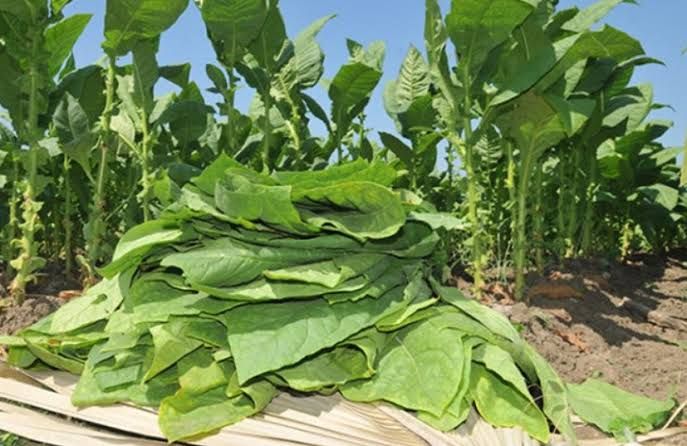
Bismillaher Rahmanir Rahim.
Assalamu Alaikum Wa Rahmatullahi Wa Barakatuhu
Dear Companions Today I want to share with you some words about the evils of killing foetuses.Welcom to this post and congratulations to all
Tobacco Cultivation: A Detailed Overview
Introduction to Tobacco Cultivation
Tobacco is a globally significant cash crop, cultivated in over 120 countries. Its leaves are used primarily for the production of cigarettes, cigars, pipe tobacco, and chewing tobacco. The cultivation and marketing of tobacco involve specific techniques, processes, and economic factors that make it one of the most well-organized agricultural industries. This article covers the entire journey of tobacco, from cultivation to marketing, exploring how profits are generated in the process.
- The Process of Tobacco Cultivation
A. Soil and Climate Requirements
Tobacco grows best in well-drained, sandy loam soils with a pH ranging from 5.5 to 6.5. The soil should be rich in nutrients, especially potassium, which enhances the quality of the leaves. The climate plays a crucial role, with the ideal temperature ranging between 20°C and 30°C. The crop requires a warm growing season with adequate rainfall of around 600-800 mm.
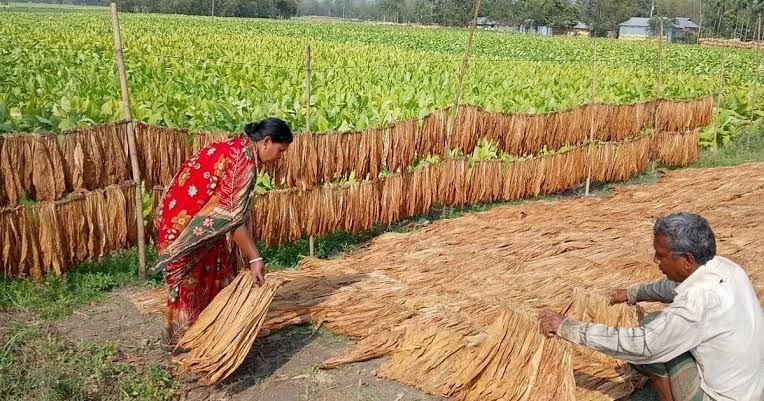
source
B. Seedbed Preparation and Planting
Seedbed Preparation: Seeds are sown in nurseries, as they are extremely small and delicate. The nurseries are prepared with fertile soil, and the seeds are mixed with fine sand to ensure even distribution.
Transplanting: After 6-8 weeks, when the seedlings are about 15-20 cm tall, they are transplanted to the main field. The spacing between the plants is generally kept at around 60 cm to allow proper growth.
C. Fertilization and Irrigation
Proper fertilization is essential for tobacco cultivation. Farmers use a balanced mixture of nitrogen, phosphorus, and potassium fertilizers to enhance the growth of the plants. Irrigation is also crucial during the early stages to ensure that the plants develop strong root systems. However, excessive water can negatively affect the flavor of the leaves, so careful water management is essential.
D. Topping and Suckering
Topping refers to the removal of the flower head when the plant reaches maturity, which forces the plant to direct more nutrients to the leaves rather than to the flowers and seeds. Following topping, suckering is performed to remove the side shoots that develop from the base of the leaves, further ensuring that the plant's energy is focused on leaf production.
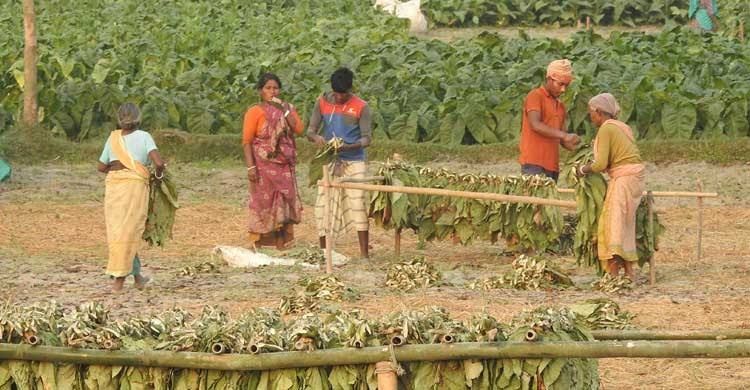
source
E. Harvesting
Tobacco is typically harvested in stages, as the leaves mature from the bottom upwards. The lower leaves, known as sand leaves, are harvested first, followed by the middle leaves (known as cutters or lugs), and finally, the upper leaves (known as tips). The timing of the harvest is crucial as it directly impacts the quality and flavor of the tobacco.
- Post-Harvest Processing
A. Curing
Once harvested, tobacco leaves undergo a curing process to develop the desired flavor, aroma, and texture. There are several curing methods:
Air-Curing: Leaves are hung in well-ventilated barns to dry slowly over several weeks, which preserves the natural sugar content and results in a smooth taste.
Flue-Curing: Leaves are dried in a controlled environment using heat, which turns the leaves bright yellow and reduces their sugar content.
Fire-Curing: The leaves are exposed to smoke from a wood fire, giving them a distinctive smoky flavor.
Sun-Curing: Tobacco leaves are dried in direct sunlight, which is a common method in countries like India and Turkey.
B. Fermentation and Aging
After curing, the leaves undergo fermentation to stabilize their chemical properties. During fermentation, the leaves are stacked in piles or placed in containers where they undergo chemical changes that improve their flavor, aroma, and burning characteristics. Aging can last from several months to a few years, depending on the desired quality.
- Marketing of Tobacco
A. Grading and Sorting
Once the curing and fermentation processes are complete, tobacco leaves are graded based on their color, texture, size, and aroma. The grading process is crucial as it determines the price that the leaves will fetch in the market. Higher-quality grades of tobacco are used for premium products, while lower grades are used for products like chewing tobacco or lower-cost cigarettes.
B. Auction Systems
In many countries, tobacco is sold through auction systems where buyers bid on large quantities of graded tobacco. This process ensures a fair price for both the farmers and the buyers. Tobacco auctions are highly organized events, with buyers from cigarette companies, manufacturers, and traders participating to secure their supplies.
C. Direct Contracts
Some large companies prefer to deal directly with the farmers through contract farming. Under these agreements, the company provides the farmers with seeds, fertilizers, and technical support in exchange for a guaranteed supply of tobacco leaves at a predetermined price. This arrangement benefits both parties by reducing market risks and ensuring a steady supply chain.
- Revenue Generation and Profitability
A. Costs of Production
Tobacco farming requires a significant investment in seeds, fertilizers, irrigation, labor, and equipment. Farmers also need to invest in curing barns and other facilities for post-harvest processing. Despite these costs, tobacco remains a profitable crop due to its high market value and global demand.
B. Profit Margins
The profit margins in tobacco cultivation can be substantial, especially for farmers who grow high-quality tobacco. Prices for tobacco can vary widely based on the grade and the type of curing process used. On average, well-cured tobacco can fetch a price ranging from $2 to $6 per kilogram, with premium varieties selling for even higher amounts.
C. Value Addition
The profitability of tobacco is significantly enhanced through value addition. The leaves are processed into various products like cigarettes, cigars, and pipe tobacco, which sell for much higher prices than raw leaves. Manufacturers also invest in branding and packaging, which further boosts the market value.
- Challenges and Sustainability
A. Health Concerns and Regulation
The primary challenge in the tobacco industry is the growing health concerns related to smoking and tobacco use. Governments worldwide have implemented strict regulations, higher taxes, and advertising restrictions to reduce tobacco consumption. This has led to a decline in demand in some regions, affecting market dynamics.
B. Environmental Impact
Tobacco cultivation and curing are resource-intensive processes that can lead to deforestation, soil degradation, and water pollution. Sustainable farming practices and alternative curing methods are being explored to minimize the environmental footprint of the industry.
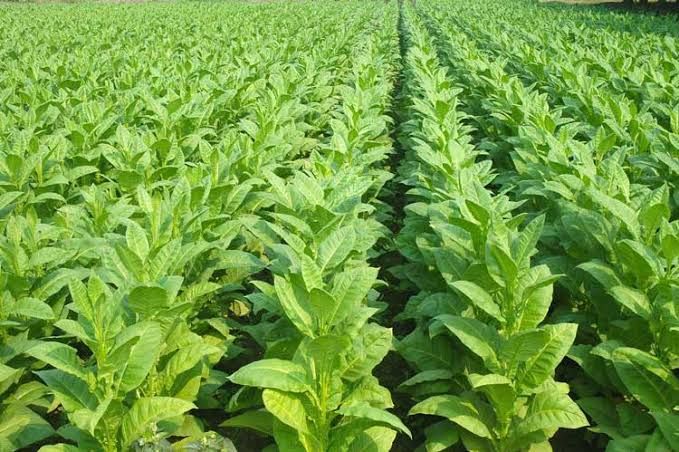
source
C. Economic Dependency
In many developing countries, farmers are economically dependent on tobacco as their primary source of income. Diversification into other crops is often difficult due to the profitability of tobacco and the lack of viable alternatives that can provide similar returns.
- Earning Money in Tobacco Cultivation
A. Income for Farmers
Farmers earn money from the sale of raw tobacco leaves, either through auction systems or direct contracts with manufacturers. The income depends on the yield, quality, and market price, with potential earnings ranging from a few hundred to several thousand dollars per hectare.
B. Revenue for Manufacturers
Tobacco manufacturers earn money by converting raw tobacco into finished products like cigarettes and cigars. These products are sold at significantly higher prices, with the profit margins boosted by branding, marketing, and distribution networks. The global tobacco industry generates billions of dollars in revenue each year, making it one of the most lucrative agricultural-based industries.
C. Government Revenue
Governments also benefit financially from the tobacco industry through taxes and excise duties. The taxation of tobacco products is a major source of revenue for many countries, helping to fund public services and healthcare systems.
source
Tobacco cultivation and marketing involve a complex chain of processes, from soil preparation to the global sale of finished products. Despite the challenges posed by health concerns and environmental issues, tobacco remains a highly profitable crop for farmers and a significant source of revenue for governments and businesses. Through proper management and sustainable practices, the industry continues to thrive while adapting to changing market dynamics and regulations.
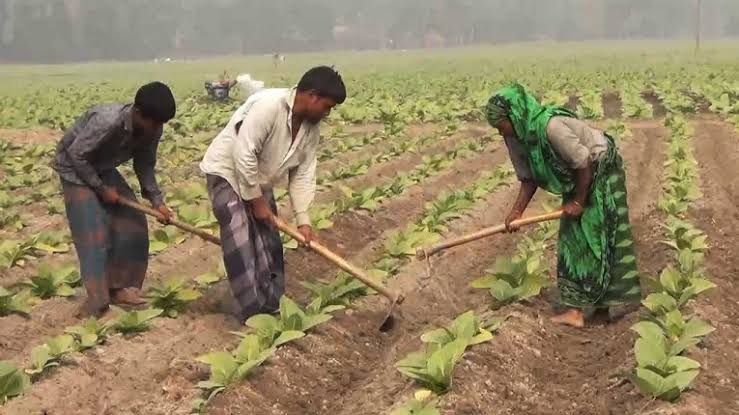
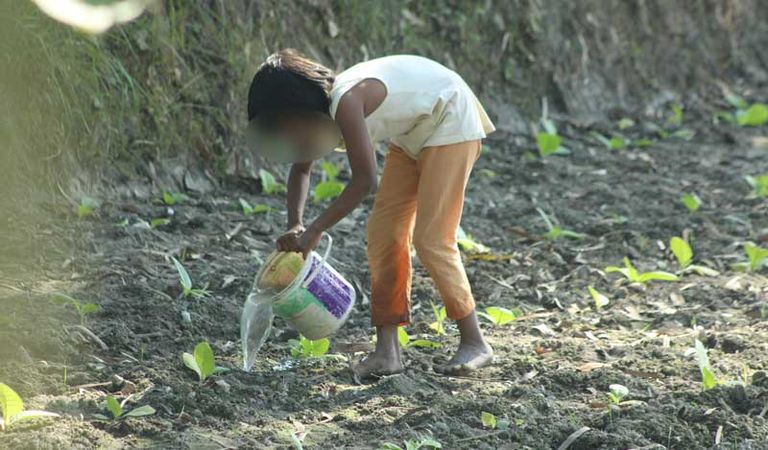
Congratulations, your post has been upvoted by @dsc-r2cornell, which is the curating account for @R2cornell's Discord Community.
Enhorabuena, su "post" ha sido "up-voted" por @dsc-r2cornell, que es la "cuenta curating" de la Comunidad de la Discordia de @R2cornell.